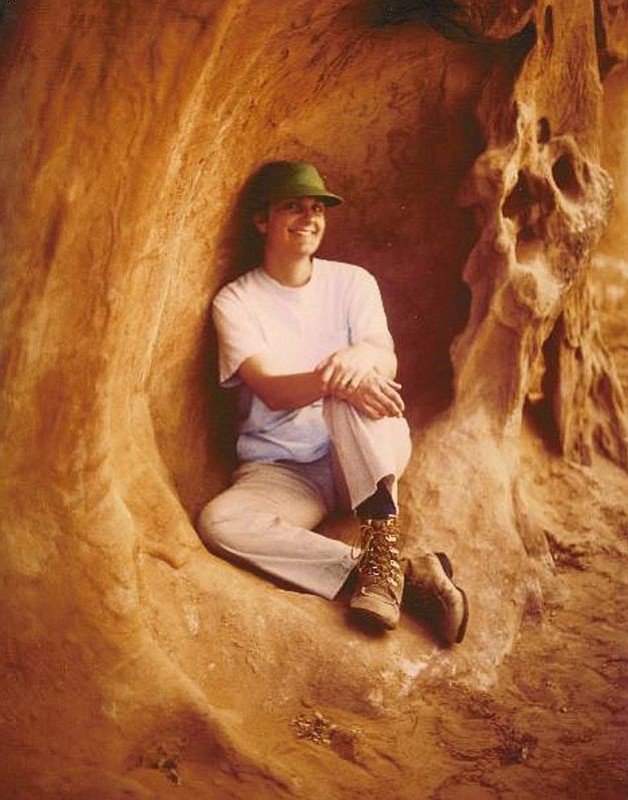Originally published May 15, 2005
In the spring of 1980, as Mount St. Helens rumbled, Trixie Anders was among the hundreds of visitors who were drawn like moths to the flame.
“I was hoping to see an eruption,” she said.
She got more than she bargained for on Sunday, May 18.
Anders, then working on a Ph.D. in geology at Washington State University, spent the weekend visiting the volcano with her then-husband, Barry Johnston, and her best friend, fellow student Jim Fitzgerald.
The group split up Saturday evening, with the couple staying at a hotel near Interstate 5 and Fitzgerald camping out in his car closer to the mountain. They planned to regroup Sunday morning at Spud Mountain, a promontory six miles west from an ominous bulge growing 5 feet a day on St. Helens’ north flank.
“My last words to Jim were, ‘We’ve got to get up there by sunrise. We’ll get some great photos,’” Anders said.
She popped out of bed early the next morning, itching to get to the mountain. Johnston was less than thrilled with spending another long day staring at an immovable mountain. He insisted on stopping in Toutle for a big breakfast of sausage, bacon and hash browns.
In retrospect, Johnston said in a recent interview, “That was the breakfast that saved our lives.”
Anders, who remarried after she and Johnston divorced, agreed.
At last, the couple stepped into their Jeep CJ-7 and hit the road. Johnston drove as far as the turnoff to the viewpoint, about 10 miles from the volcano, when the couple spotted a black cloud unfurling above the tree tops.
It was 8:32 a.m.
Anders remembered her first reaction was dismay: Fitzgerald was going to get a set of great photos of this eruption, while she and Johnston frittered away their chance over ham and eggs. Moments later, as the cloud expanded, Anders knew they had to get out of there.
Even though people reported hearing the sound of blasting hundreds of miles away, Anders and Johnston recalled an eerie silence as sound waves mushroomed up and out from the volcano itself. They may not have heard it, but they couldn’t miss the harrowing sight of a deadly black cloud reaching toward them.
“Bea is screaming to get out of there because we were going to die,” Johnston recalled, using Anders’ given name, Beatrice.
They barreled down the highway, burying the speedometer needle beyond 80 mph and tipping up on two wheels around curves as a superheated cloud of ash, rock and gas closed in on them with the speed of a jetliner. Anders began shooting photographs out the back window of the Jeep, while Johnston pressed his foot down on the accelerator.
“If you didn’t go fast enough, you were going to die,” Johnston recalled. “And if you went too fast, you were going to die. We were damn lucky.”
Fitzgerald wasn’t as fortunate. His body was discovered in his Datsun five days later on Spud Mountain.
Anders and Johnston were aided in their escape by physics. As the lateral surge of rock and ash lost momentum, hot gases began to rise. Cold winds rushed in to fill the void, and the deadly cloud sucked backward.
Johnston kept his Jeep.
“My current wife says she’s going to bury me in it,” he said.



